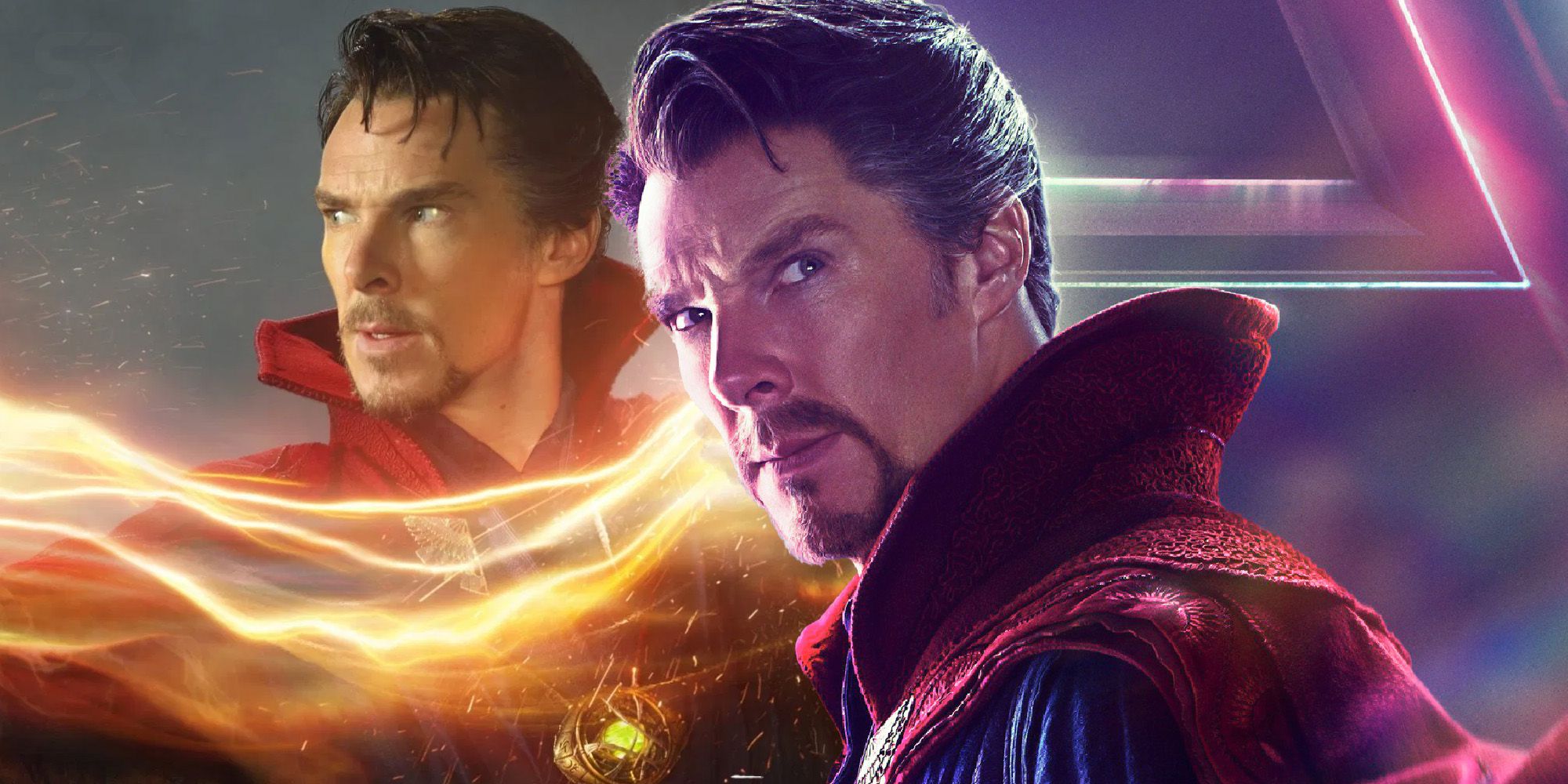
Since his entrance into the ever-expanding Marvel Cinematic Universe in the movie Doctor Strange back in 2016, Doctor Strange’s powers and abilities have grown massively. However, despite an origin film detailing Stephen Strange’s transformation from prolific surgeon to the mystical Sorcerer Supreme, much of the character’s further development has occurred off camera, providing the MCU’s audience with only a handful of glimpses into his true capabilities. Throughout the MCU, Doctor Strange’s power level has grown thanks to his thirst for knowledge and precision — a residual trait from his medical training. That said, as the list of Doctor Strange’s powers have come to include traveling to alternate universes and tampering with the natural order, his spells sometimes come with drastic consequences, as shown in the ending of Doctor Strange in the Multiverse of Madness and throughout Spider-Man: No Way Home.
What kind of powers does Doctor Strange have? Prior to revealing Doctor Strange’s powers and abilities, the MCU began his arc as a man rendered hopeless by a life-altering car accident. Before he became an Avenger (and an Avengers-level threat), Stephen Strange first had to overcome diversity and display monumental resilience and persistence, which is perhaps his greatest power. During his brief cameo in Thor Ragnarok, the MCU establishes the character as a more fully-realized sorcerer and leader, even able to interfere with the goings on of demigods like Thor and Loki, and his appearances in Avengers: Infinity War and Avengers: Endgame illuminate his considerable potential. In Doctor Strange in the Multiverse of Madness, Stephen Strange has practically become a god, closer to how Doctor Strange is depicted in Marvel Comics.
Doctor Strange in MCU Phase 4 could conceivably take on Thanos alone. That said, Stephen Strange wasn’t always this powerful. Here’s a closer look at how the list of Doctor Strange’s powers have grown throughout each of his major appearances in the MCU.
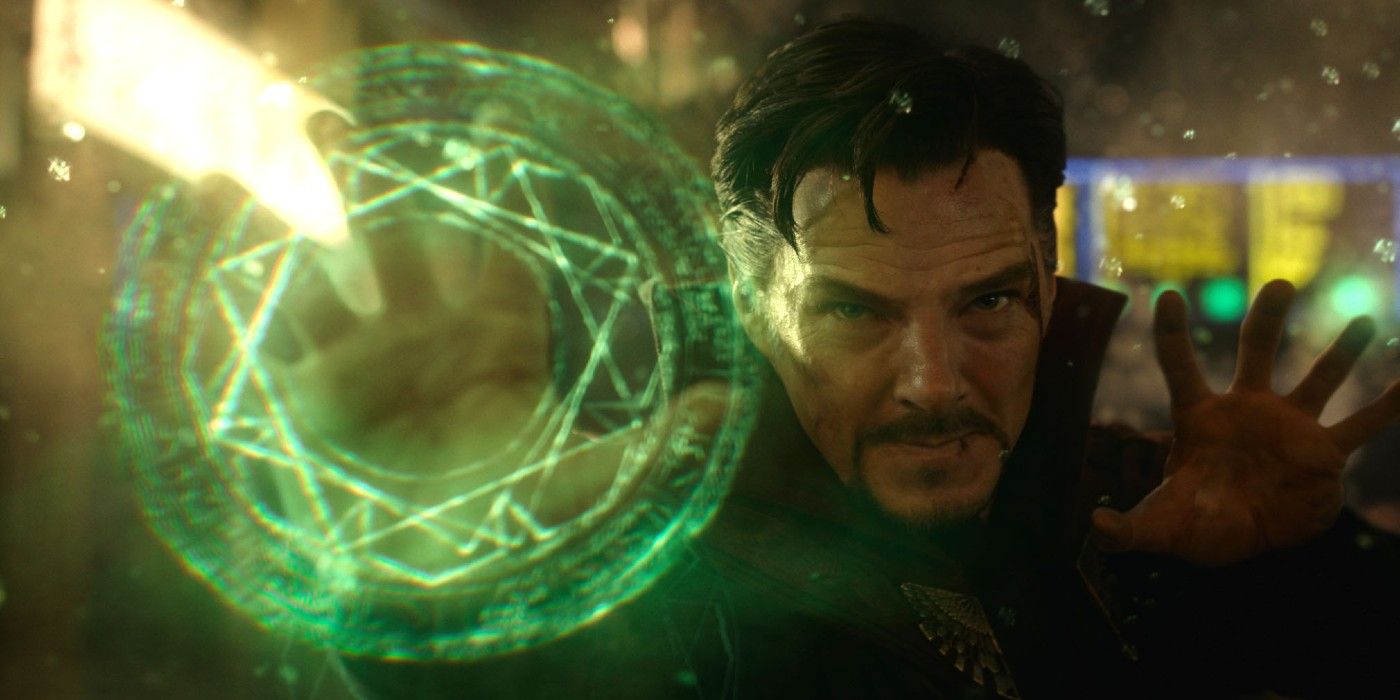
Introduced in his self-titled solo film, Doctor Strange (played by Benedict Cumberbatch) is immediately established as a capable man, albeit an arrogant one. At the top of his game as a celebrated surgeon, Strange’s world is altered forever by a violent car accident that robs him the use of his hands. Interpreting the loss as a death sentence for his medical career, a desperate Strange journeys to the other side of the world in search of metaphysical assistance, eventually gaining entrance to the famed Kamar-Taj, a training complex of sorts overseen by the mysterious Ancient One (Tilda Swinton). In relatively short order, Strange begins to learn a handful of skills and is noted for his enormous untapped potential — which is only enhanced by his photographic memory, intelligence, and decisiveness. Aided by his natural talents and medical acumen, Strange progresses in his training faster than most Kamar-Taj disciples.
During the early phases of his training, Strange masters a few important mystical skills thanks to his tenacity and curiosity, creating portals with a sling ring and creating a simulacrum of himself in the Astral Plane, enabling him to continue his studies even while his physical body is sleeping. But when the world is threatened to be overtaken by Dormammu and the Dark Dimension, Doctor Strange’s skills elevate even more rapidly. Acquiring the Cloak of Levitation and displaying his quick thinking as the various sanctums are being destroyed, Strange finds himself on the frontlines of a war with the largest of stakes. With the death of the Ancient One and his subsequent mastery over the Time Stone, Strange defeats Dormammu — not by destroying or overpowering him, but by outsmarting him.
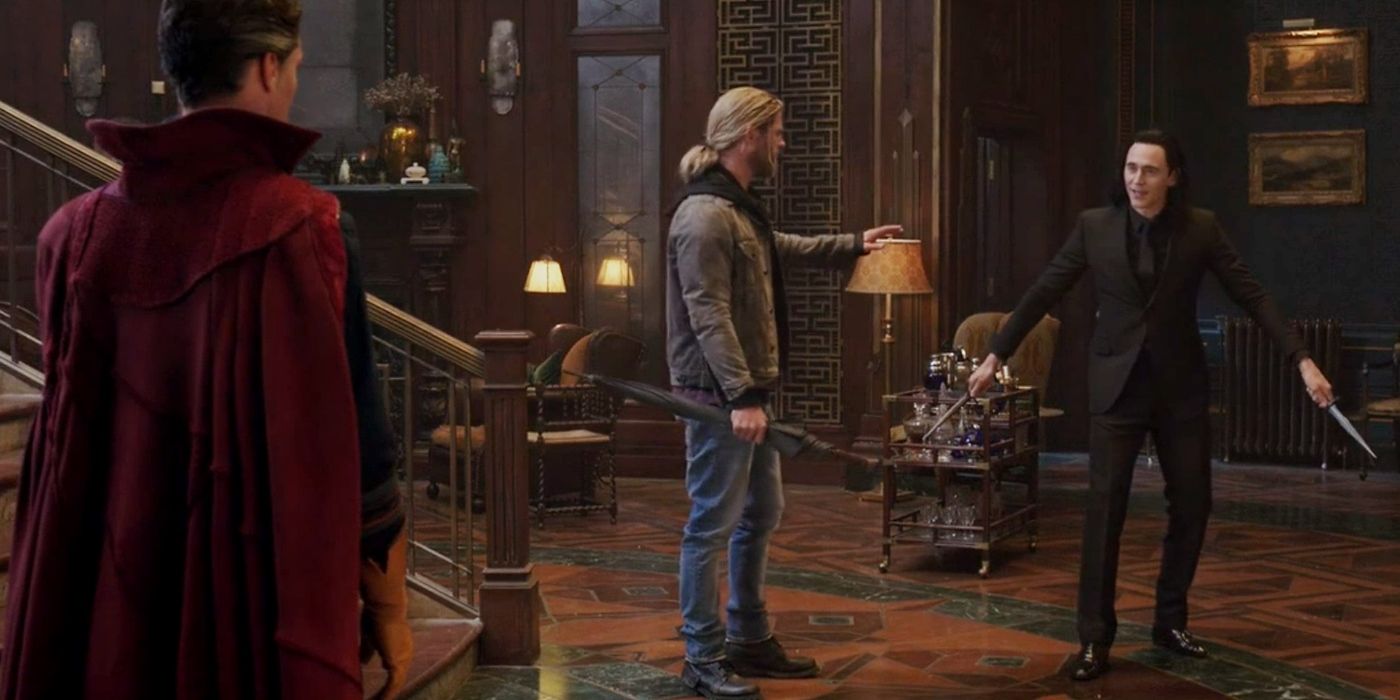
The next time Doctor Strange entered the MCU fray was for a brief appearance in Thor Ragnarok. The changes to the character are significant, with the creators implying a deepening of his spiritual knowledge and abilities after a few years of magic-making. And Strange’s newfound and expanding powers are considerable, as seen with the ease in which he neutralizes Loki, who is unwelcome in New York after the devastation he caused in Avengers. He is also able to successfully locate Odin for Thor and Loki, even years after the Asgardian ruler’s disappearance.
In his rather short cameo, the architects of the MCU do some subtle work to establish Doctor Strange as a more omniscient presence, witnessing the various events in the series from a further distance. Able to see the big picture, the new Sorcerer Supreme’s role in the universe’s status quo makes for an interesting development in a franchise, which often skews more toward science fiction than it does fantasy. By establishing the character’s formidable and now even wider power set, fans were ready to see how putting Doctor Strange in the mix would impact the Infinity Saga’s larger Thanos-related story.
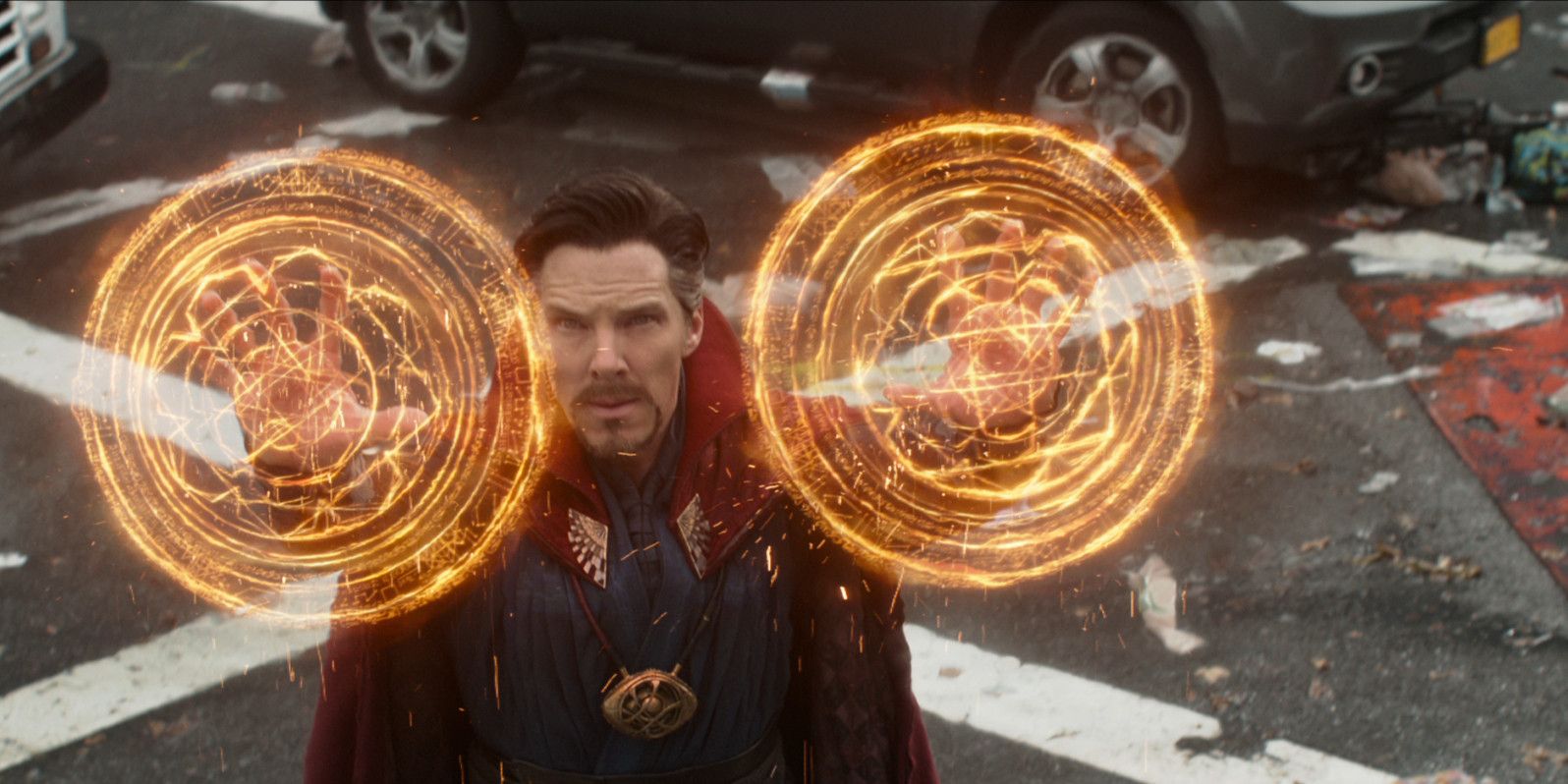
Having assumed his role as the Sorcerer Supreme and with powers to match, Doctor Strange’s story finally begins to converge with the Avengers‘ main narrative. Interacting with many of the MCU’s most popular characters for the first time, the inclusion of Strange puts a distinct wrinkle in the film’s proceedings, allowing for more magically-derived abilities to influence the plot, on display most vividly in his confrontations with Ebony Maw and, later, Thanos. While Strange has obviously added several combat related spells to his arsenal — the Crimson Bands Of Cyttorak, the Winds Of Watoomb, and the Bolts Of Bolthakk to name a few — it is Doctor Strange’s connection to the Time Stone‘s power and his accompanying visions of potential futures which are most impactful.
Right as Avengers: Infinity War enters its final heart-pumping act, an entranced Strange visits fourteen million six hundred and five possible outcomes from Thanos’ galaxy-spanning campaign. This development does its part in establishing Strange as a more deliberate and consequence-considering player than the other Avengers, such as the more emotionally-driven and earth-bound Iron Man and Captain America. And when Strange surprisingly hands the Time Stone over to Thanos (even after repeated assertions that he would protect it, even if it meant the death of himself or his comrades), fans were quick to speculate the reasons behind the fateful decision and what it meant for the saga’s final chapter.
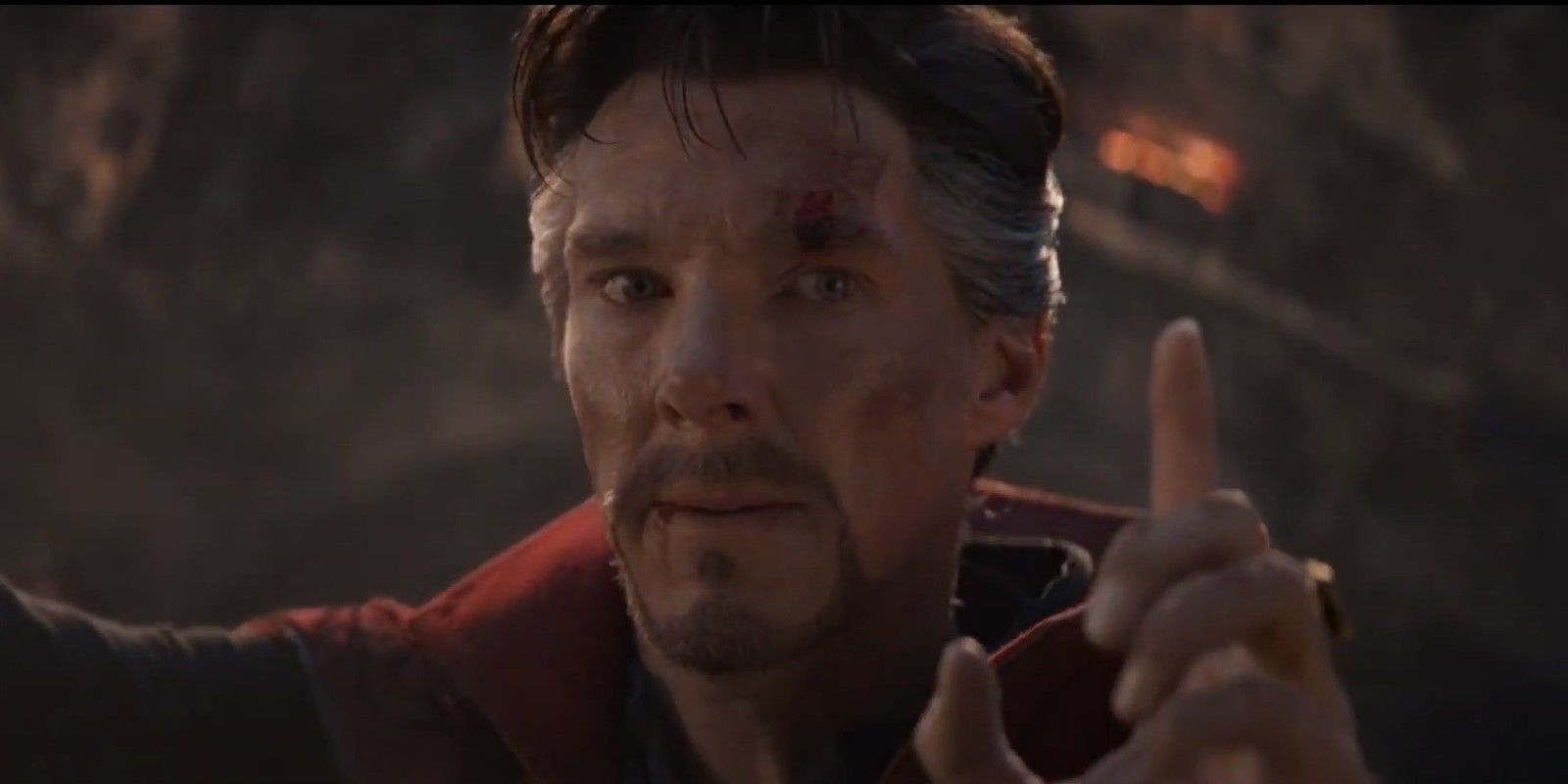
Having been claimed by Thanos’ snap and decimation, Doctor Strange is absent for most of Avengers: Endgame. However, his insistence that Tony survive the Snap in Avengers: Infinity War is significant, especially when considering the role Tony would play in the final defeat of the Mad Titan. In fact, once the scenario finally begins to manifest itself and the surviving Avengers amass the Infinity Stones from various timelines, the raptured heroes are seemingly assembled by Strange himself. In many ways, it is Doctor Strange’s actions that save the MCU from its dark fate, and it is his unique view of the overall picture which paves the way for Tony’s required sacrifice. Though Cumberbatch manages to inject subtle hints of sympathy for Tony as he heroically embraces his death and destiny, the character’s calculated maneuverings manage to save the universe while incurring as little loss as possible.
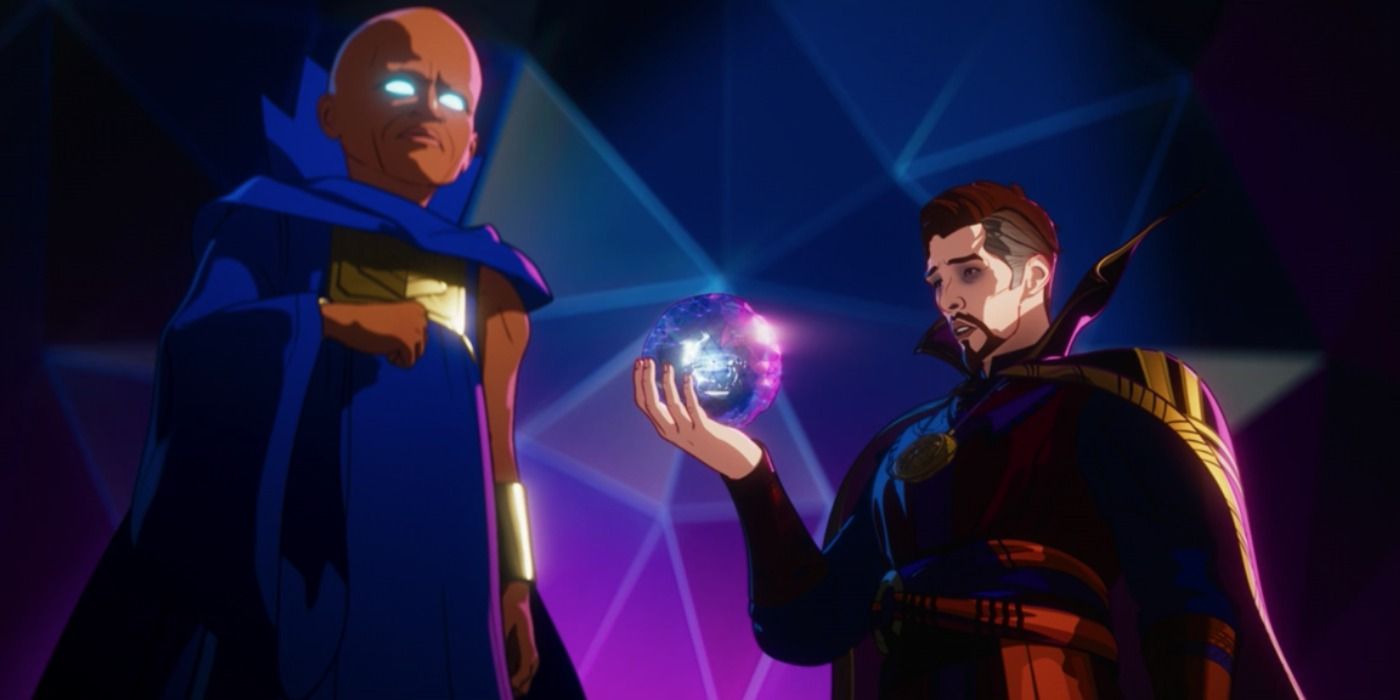
Marvel’s What If…? leveled up Doctor Strange’s powers and abilities so much that it caught the attention of The Watcher. In fact, apart from when Stephen dealt with Dormammu, Stephen Strange’s actions in What If…? could have been what triggered the MCU’s Clea to appear in Doctor Strange in the Multiverse of Madness’ post-credits scene. In What If…?, Stephen Strange is in a different timeline where Christine dying in a car crash is a definite and unchangeable point in time. Obsessed with bringing back Christine, Strange absorbs a huge number of different magical beasts and creatures in order to gain the power to do so, losing parts of his humanity with each desperate step forward.
“Strange Supreme” essentially becomes so powerful that he ends the universe in his attempt to break time itself, becoming the sole survivor in a prison of his own making. In the ending of What If…? Stephen Strange uses the same spells he used to survive in his universe to trap Infinity Ultron, Kilmonger’s Black Panther, and the Infinity Stones in a pocket dimension, rendering them harmless. Although it’s ultimately unclear whether or not Sinister Strange in Doctor Strange 2 and Strange Supreme are one and the same, What If…?‘s Doctor Strange could still appear in the MCU in the future.
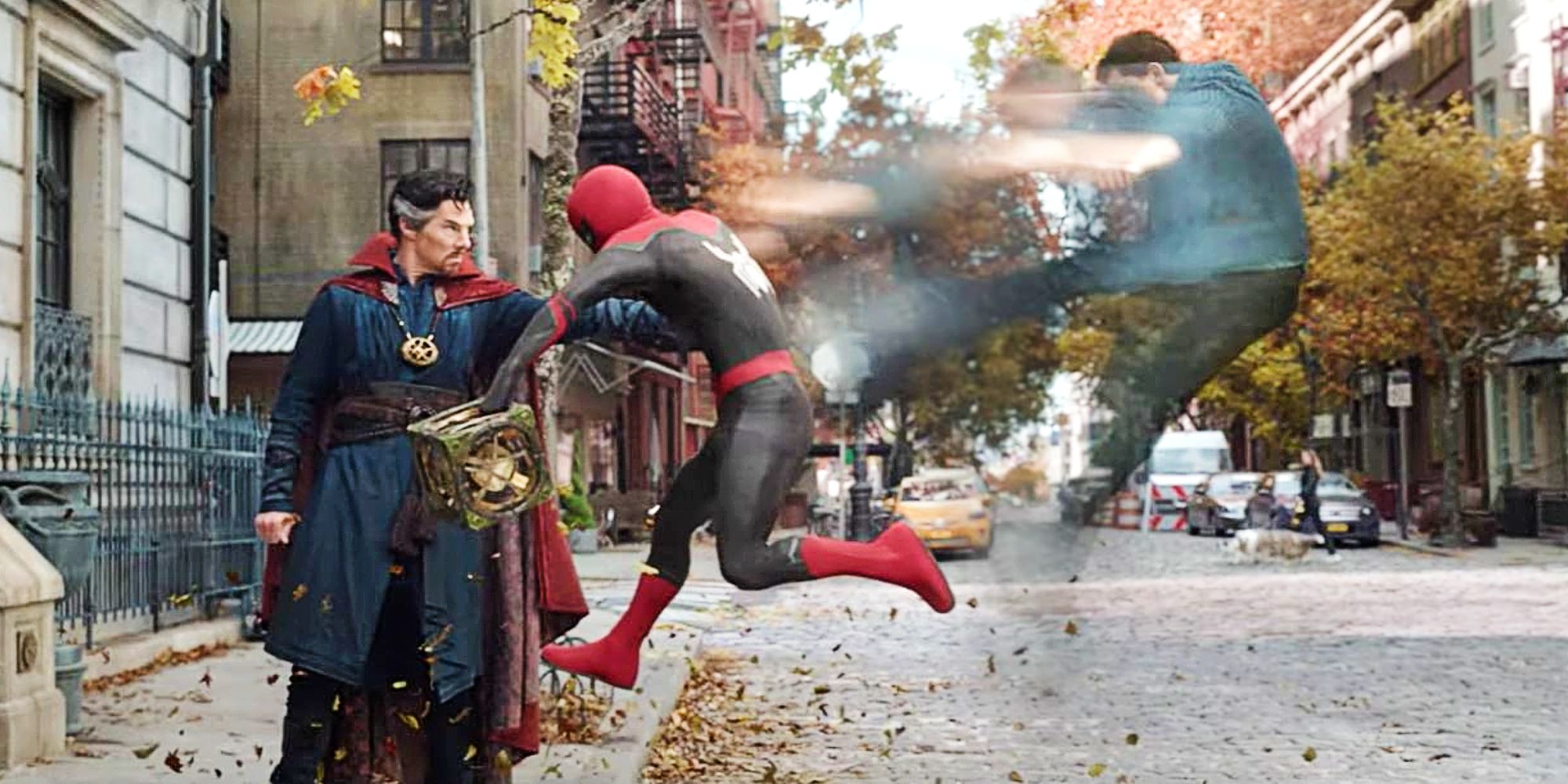
Doctor Strange levels up yet again in Spider-Man: No Way Home, but his actions spell disaster for the Multiverse. Following the Mysterio’s shocking announcement of Spider-Man’s secret identity, Peter Parker, at the end of Spider-Man: Far From Home, Peter approaches Doctor Strange to ask him for a favor: erasing everyone in the world’s memory of his real name. Not only is Doctor Strange powerful enough to cast the spell, it almost works – until Peter starts adding irritating conditions that throw Strange for a loop and end up opening the doors to the Multiverse along with its dizzying array of Sony Spider-Man characters.
Eventually, Strange casts an even more powerful spell that changes Spider-Man’s reality forever: no one knows who he is, and his friends are freed from the consequences of his actions. Strange’s limitations are always his ego and hubris, and he channels a level of power that regularly seems to have wide-reaching consequences when he loses control or makes the wrong decision. What happens in No Way Home sets up the Multiverse for potential destruction – and Doctor Strange for even further evolution – in Doctor Strange 2. The extra power he gains in this is a lesson in humility on a cosmic scale.
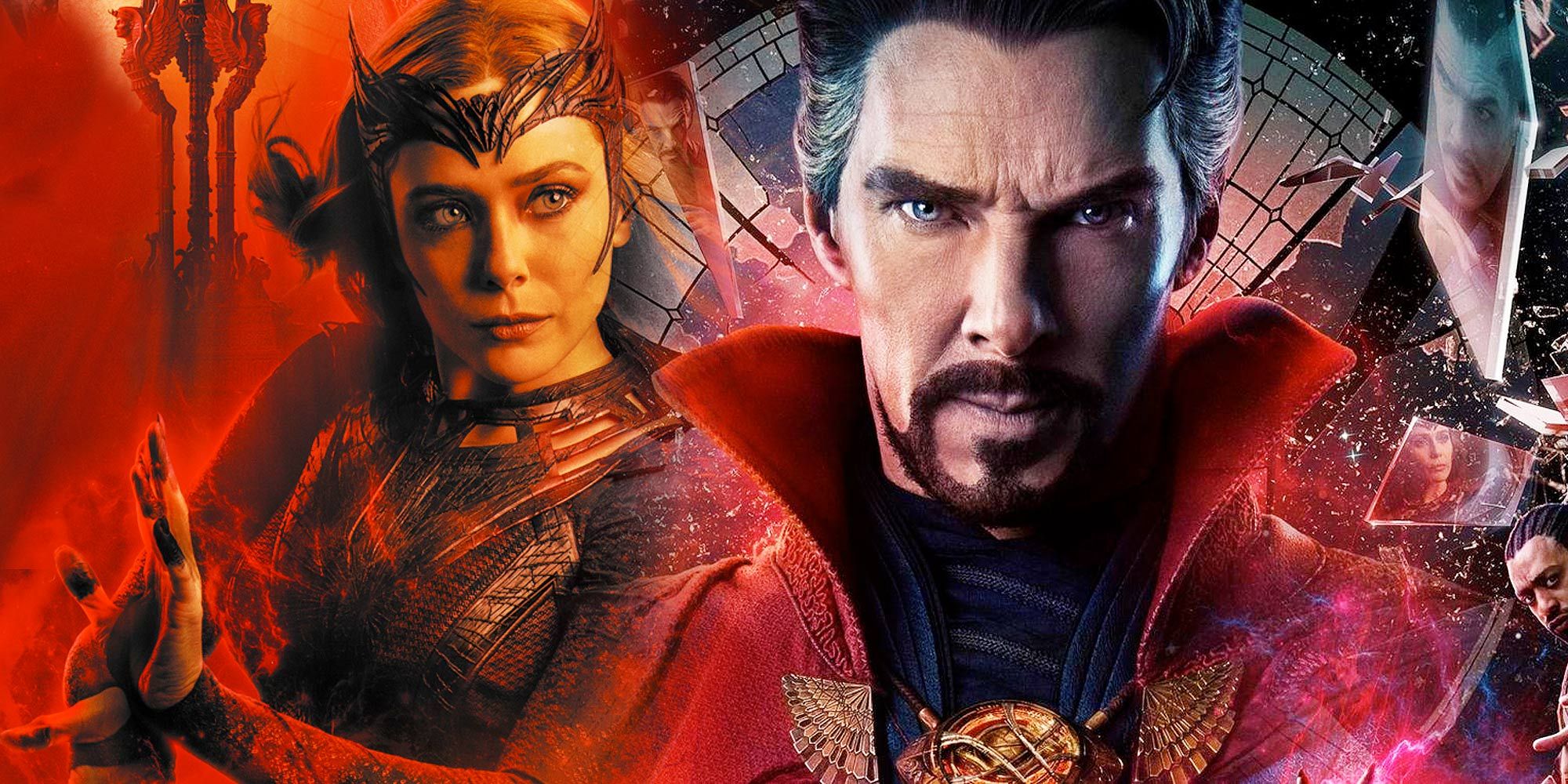
Doctor Strange in the Multiverse of Madness pits Doctor Strange against Scarlet Witch, resulting in an epic battle of magical chess that threatens to end all reality. In the process, Marvel adds yet more abilities to the list of Doctor Strange’s powers. Strange is why America Chavez’s powers awakened at the right moment, allowing America to stop Wanda’s rampage through the multiverse. He also uses the Darkhold to dream-walk and even possesses the rotting corpse of a Strange Variant to continue fighting Wanda from a different reality. Alongside WandaVision and Doctor Strange, Doctor Strange in the Multiverse of Madness reveals the true potential of magic in the MCU. It also reveals how godlike levels of power can corrupt the Earth’s mightiest superheroes, and just how much Stephen Strange’s actions affect the entire multiverse.
Since Scarlet Witch far surpasses Strange in terms of raw power, Strange instead convinces the scared and helpless America Chavez that she knows how to control her powers all along, deducing that America’s seemingly random portals ultimately took them both to where they needed to go. As Doctor Strange knew that America would do the right thing by using her portals to show Wanda the error of her ways, Strange tapped into a power that he’s always had even before he became a multi-dimensional demigod – Stephen’s heroic persistence and resilience. This is a reminder that apart from his command of the mystic arts, Doctor Strange’s true strength is his empathy, which is essentially what empowers America Chavez to save the day in the Doctor Strange in the Multiverse of Madness ending. At the end of the day, it’s also what makes Stephen a true Avenger.
Doctor Strange 2 sees Stephen Strange commanding dead spirits to do his bidding, channeling the spells of the Darkhold, possessing himself in alternate realities, and outmaneuvering Scarlet Witch at the most crucial moments. Originally characterized as myopic and selfish, Doctor Strange has evolved into a mystical warrior who dedicates his life to maintaining order on the grandest of scales, abandoning his own hubris, overcoming his fear of failure, and opening his mind to spaces beyond reality and time. At this point, the only true limits of Doctor Strange’s powers and abilities in the MCU are the imaginations of the director, writer, and team behind Doctor Strange 3.
Want more Doctor Strange in the Multiverse of Madness articles?
Go to Source
Author: Zack Krajnyak